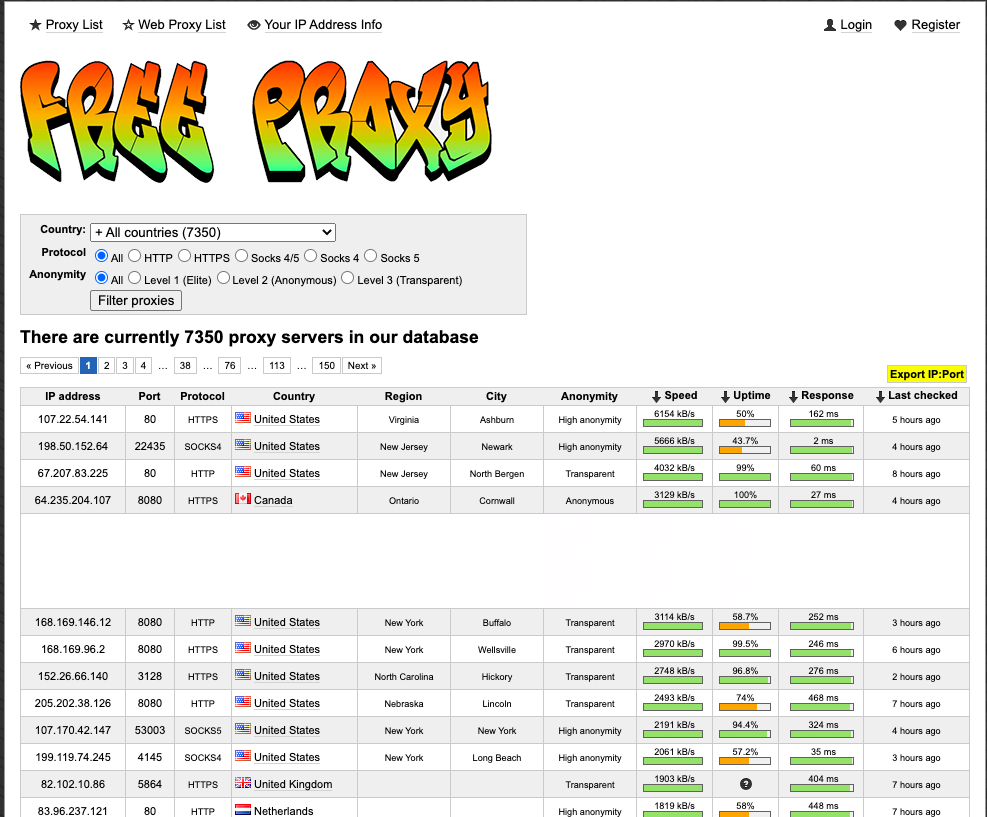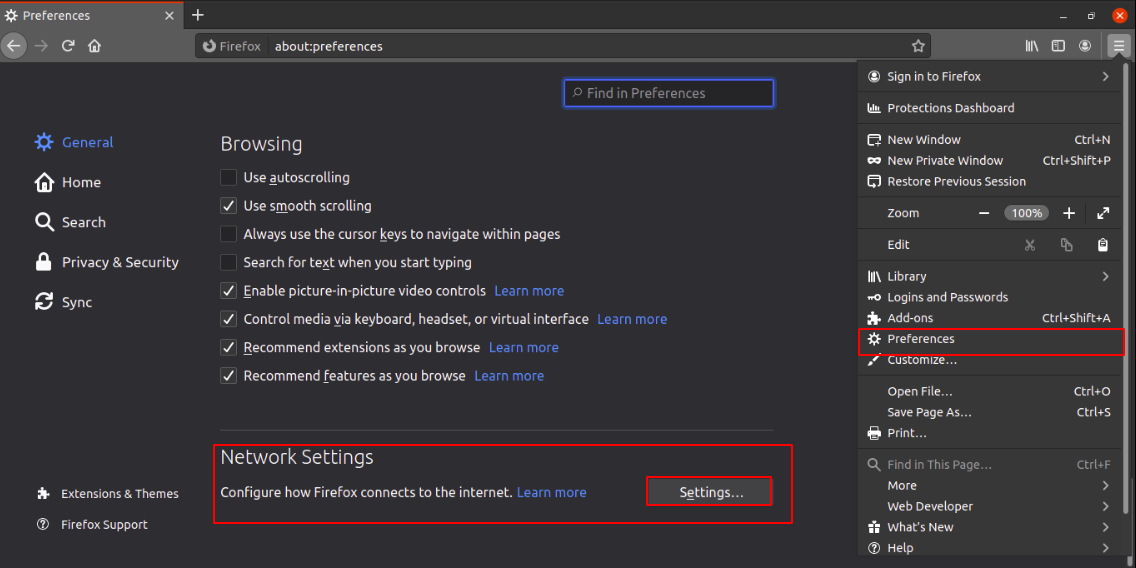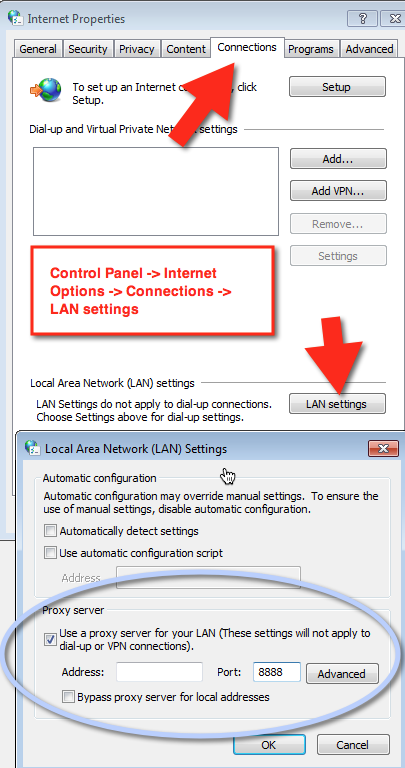

Libcvmfs_fuse3.so library is not installed in one of the standard search paths, The keys needs to be specified in the config file byĬVMFS_KEYS_DIR=. Public keys are not installed under /etc/cvmfs/keys, the directory of Module in case it has not been installed under /usr and /etc. The private mount points can also be used to use the CernVM-FS Fuse Use fusermount -u in order to unmount a privately Make sure to use absolute path names for the mount point and for theĬache directory. ch CVMFS_KEYS_DIR =/ etc / cvmfs / keys / cern. log CVMFS_CLAIM_OWNERSHIP = yes CVMFS_SERVER_URL = http : // cvmfs - stratum - one. In order to do so, use theĬVMFS_CACHE_BASE =/ home / user / mycache CVMFS_RELOAD_SOCKETS =/ home / user / mycache CVMFS_USYSLOG =/ home / user / cvmfs. Instead of using autofs, CernVM-FS repositories can be mounted manually Unmount a repository if it is not used for a while.

Justīy accessing a repository directory under /cvmfs (/cvmfs/),Īutofs will take care of mounting. Mounting of CernVM-FS repositories is typically handled by autofs. Than the configuration repository but better than manually maintaining

Keeping configurations up to date through packages is less convenient
MOUNT PROXY LIST FILE UPDATE
They then quickly update their own config repository with whateverĬhanges have been made to the infrastructure’s config repository.Įxchanges of configurations between limited numbers of sites that areĪlso depending separately on a configuration repository is encouraged toīe done by making rpm and/or dpkg packages and distributing them through Processes to compare it to a repository from a larger infrastructure. Some large sites that prefer to maintain control over their own clientĬonfigurations publish their own config repository but have automated Infrastructure maintainers are invited to collaborate Order to facilitate sharing of configurations between the With trusted people that maintain the configuration repository. These reasons, it makes the most sense to reserve the use of thisįeature for large groups of sites that share a common infrastructure

Also note that only one config repository may be used per client,Īnd this is a technical limitation that is not expected to change. That it is very easy to break configurations on a lot of clients at The config repository is a very convenient method for updating theĬonfiguration on a lot of CernVM-FS clients at once. Of the config repository in order for other repositories to get mounted. The CVMFS_CONFIG_REPO_REQUIRED parameter can be used to force availability The defaultĬonfiguration rpm cvmfs-config-default sets this parameter to Is set by the CVMFS_CONFIG_REPOSITORY parameter. etc/cvmfs/nf for the precise ordering of processing It can be used to centrally maintain the public keys andĬonfiguration of repositories that should not be distributed with ratherĬonfiguration from the config repository is overwrittenīy the local configuration in case of conflicts see the comments in Mountable CernVM-FS repository that resembles the directory structure of In addition to the local system configuration, a client can configure aĭedicated config repository. Public keys used to verify the digital signature Implementations of the functions in config.shĬontains domain-specific sub directories with Set to the parent directory of the configuration file at hand.Īdjustments to the nf configuration,ĭomain-specific parameters and implementations The shell commands in the configuration filesĬan use the CVMFS_FQRN parameter, which contains the fully qualified For instance, instead ofĬVMFS_HTTP_PROXY=p1 p2, write CVMFS_HTTP_PROXY='p1 p2' in order If clauses, parameter evaluation, and shell math ( $((.))). Of shell commands can be used inside these files including comments, local configuration files are key-value pairs in the form Parameters, see Appendix “ Client parameters”. In a few cases, one might change a parameterįor a specific domain or a specific repository, or provide an exclusive cache for ( CVMFS_REPOSITORIES), HTTP proxies (see network settings),Īnd perhaps the cache directory and the cache quota (seeĬache settings). Most likely, this is the list of repositories In a typical installation, a handful of parameters need to be set in local file having the same prefix in order to customize conf fileĮxcept for the files in /etc/cvmfs/default.d you can create aĬorresponding. The local configuration of CernVM-FS is controlled by several files in Client Configuration ¶ Structure of /etc/cvmfs ¶


 0 kommentar(er)
0 kommentar(er)
